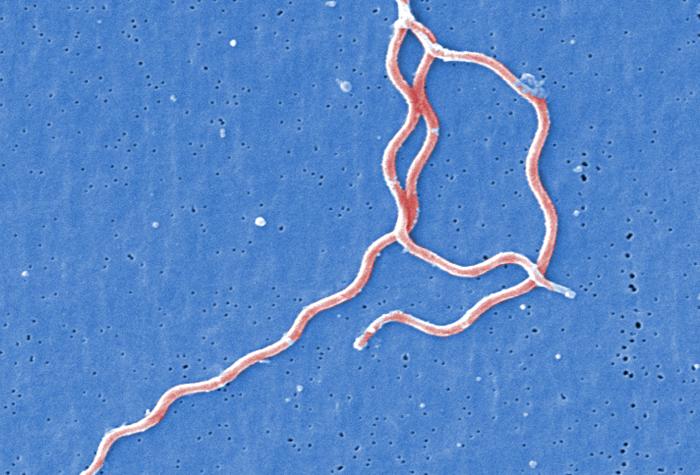The examination of autopsied brain tissues from patients who died of serious neurological conditions has revealed that many tick-borne infections, such as Lyme disease, go undiagnosed and untreated. Board-certified pathologist, Alan B. MacDonald, MD, says his research shows "tick infections are not easily detected with routine tests, nor are they easily cured with short courses of antibiotics."
MacDonald presented his findings Thursday on Capitol Hill, in the Rayburn House Office Building, at a forum to explore the scientific, economic, and policy challenges posed by the epidemic of Lyme disease and associated tick-borne illnesses.
MacDonald found three Borrelia pathogens, including B. burgdorferi the causative agent of Lyme disease, thriving inside parasitic nematode worms, worm eggs or larvae in the brain tissue of nineteen deceased patients. These microscopic worms are endosymbionts, meaning the Borrelia bacteria dwell inside the worms. A tick bite delivers the nematode into the human body...
Read the rest of the story:

No comments:
Post a Comment
Please be constructive in your comments.